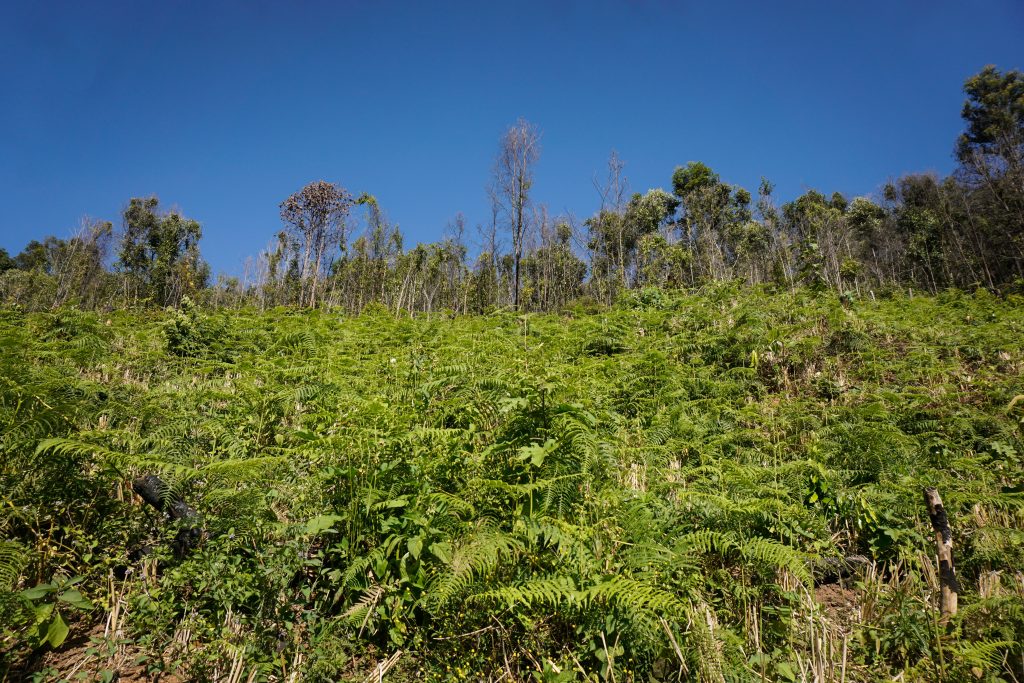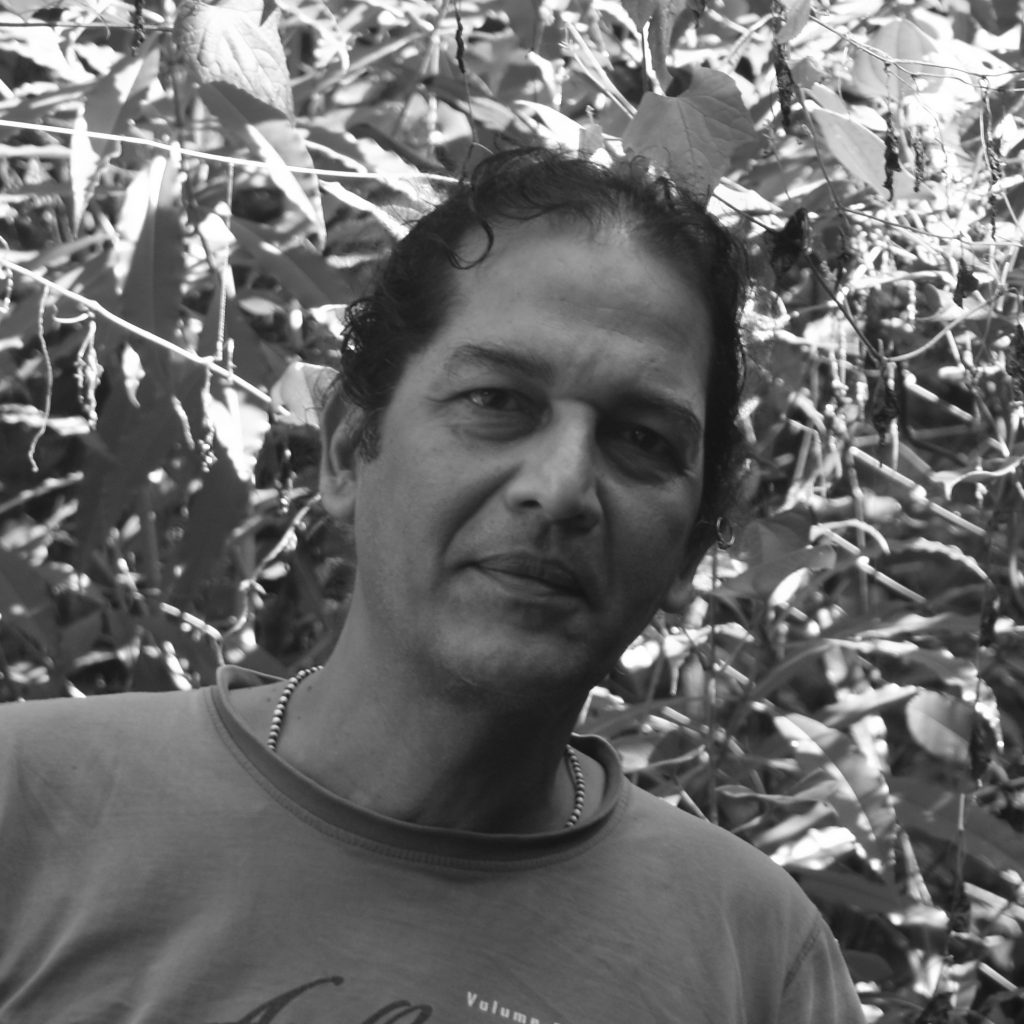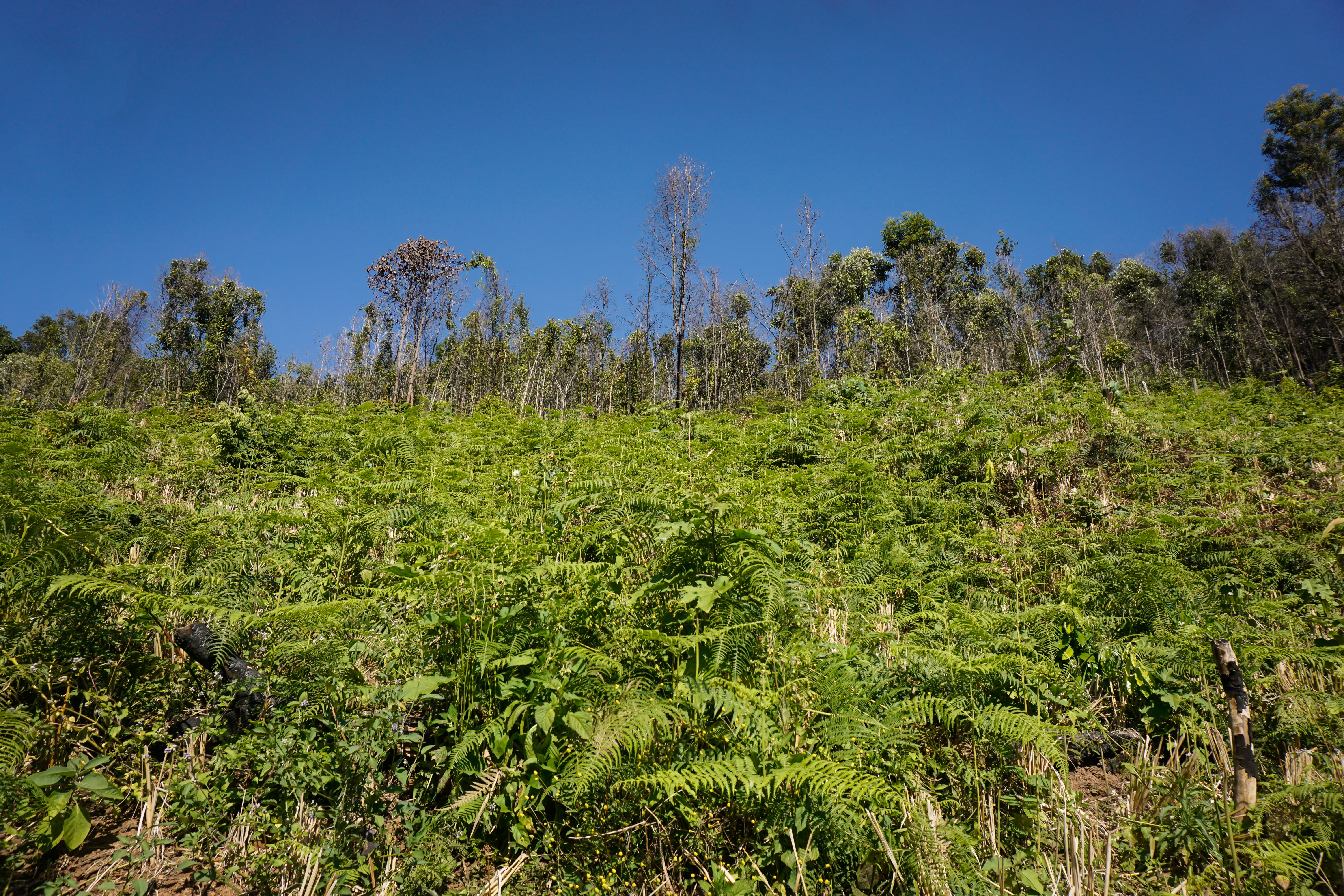
As mentioned in previous notes on this subject, traditional knowledge is something quite ‘popular’ as well as something recognized as necessary and needing promotion.
The Convention on Biological Diversity gives it a prominent place as do many other institutions which include donors, civil society groups, state governments, and even international banks. This is quite unfortunate. Because very few of these bodies have the ability or the will to delve into such a subtle but profound area though they have the influence to dominate the discussion, as is shown by the CBD definition. In short, the ‘material’ content is isolated from the whole (of knowledge) in these deliberations.
For instance, ethno-botany, the study of the use of plants, is not embedded in the larger scope and scheme of the indigenous culture that it belongs to but becomes a field in its own right, generating everything from plant lists to heads of departments but, sadly, having little in common with the traditional knowledge we seek. An approximate analogy would be the isolation (and use) of cocaine in place of chewing the entire coca leaf, something which the indigenous people in the Peruvian Amazon did to overcome fatigue, when they walked long distances, in a pleasant state of mind!
Over the years many traditional practices, like shifting cultivation, were shown to be ecologically sound, and that when fallows are given sufficient time to recover, there was little danger of soil degradation and biodiversity loss. As with hunting traditions, especially honey hunting, which made clear that indigenous communities knew exactly the stages in the process that led from bee-forage to the mature honey that they looked for. Such traditions were not simple livelihood practices but embedded in a cosmology in which the land and the bee and humans and earth-cycles all played a part, and which linked every small aspect of these activities to each other, through time. In fact, the kinship traditions and the landscapes mentioned earlier are a part of these world views. We find that other indigenous traditions and cosmologies, about the human body, foods, medicine, and so on, are all intricately woven together as a way of life.
In contemporary times, conservation itself is undergoing a positive change and people working among indigenous peoples are advocating “community-based conservation” as an alternative to mainstream conservation. This is an ‘inclusive’ model, where habitats are viewed along with the people living there, as is the case in many forest landscapes, and have the inhabitant people themselves work out a long-term strategy that can sustain both their livelihood as well as the landscape. However, with the present scenario of increased populations, modern aspirations, degraded forests and soils, and the non-cooperation of the authorities, these strategies are not easy to come by. To fix such a problem, with an eroding indigenous/traditional knowledge-base, is a further challenge.
The way much of our engagement with traditional knowledge unfolds on the ground is through our pursuit of various subjects. There has been work done on indigenous medicine, and their advantages over mainstream health care; about indigenous food ways, their nutritive values, and their role in present-day health problems; and indigenous languages, their grammars and the intricacies of expressions that are rooted in earthy metaphors. Music, folklore and dance traditions have all been analysed and documented. Sacred sites have been plotted and their uniqueness understood, in terms of biodiversity, and how they play a part in the larger ecology of the landscape. However, these engagements with indigenous knowledge view most of these aspects by themselves – which is the culture of modern science – which permits only glimpses of the whole. What we need now is not only the pursuit of these individual fields but also a consciousness that sees that they are all linked. Even a moderately capable forest dweller is in some senses a ‘polymath’, adept in several fields ranging from botany and biology to agriculture and carpentry. This is quite the opposite of what conventional modern education trains us to be: specialists in any field of thought or profession!
To conclude: we need to welcome all interest, involvement and studies in the various aspects of traditional/indigenous knowledge but also be alert to it being isolated and susceptible to misinterpretation. In the circumstances we face – where not much of traditional knowledge is alive and working due to external (environmental) or inherent (societal) conditions – this will be the prime challenge. Another trap we need to avoid, which has been mentioned earlier, is ‘fuzzy logic’, which is usually the acceptance of traditional practices without adequate scrutiny, something that is bound to backfire on them in the long run. The latter mistake will not only put these traditions in bad light but also the people who practice them, which would be most unfortunate.

Madhu Ramnath is the coordinator for NTFP-EP India. He has been immersed in the subject of barefoot ecology, wild forest foods in Asia and traditional cultivated plants. His other areas of interest include nutrition, health, indigenous land tenure, nurseries and reforestation. He has authored several books, including “Wood Smoke and Leaf Cups” and “Wild Tastes in Asia: Coming Home to the Forest for Food”.




